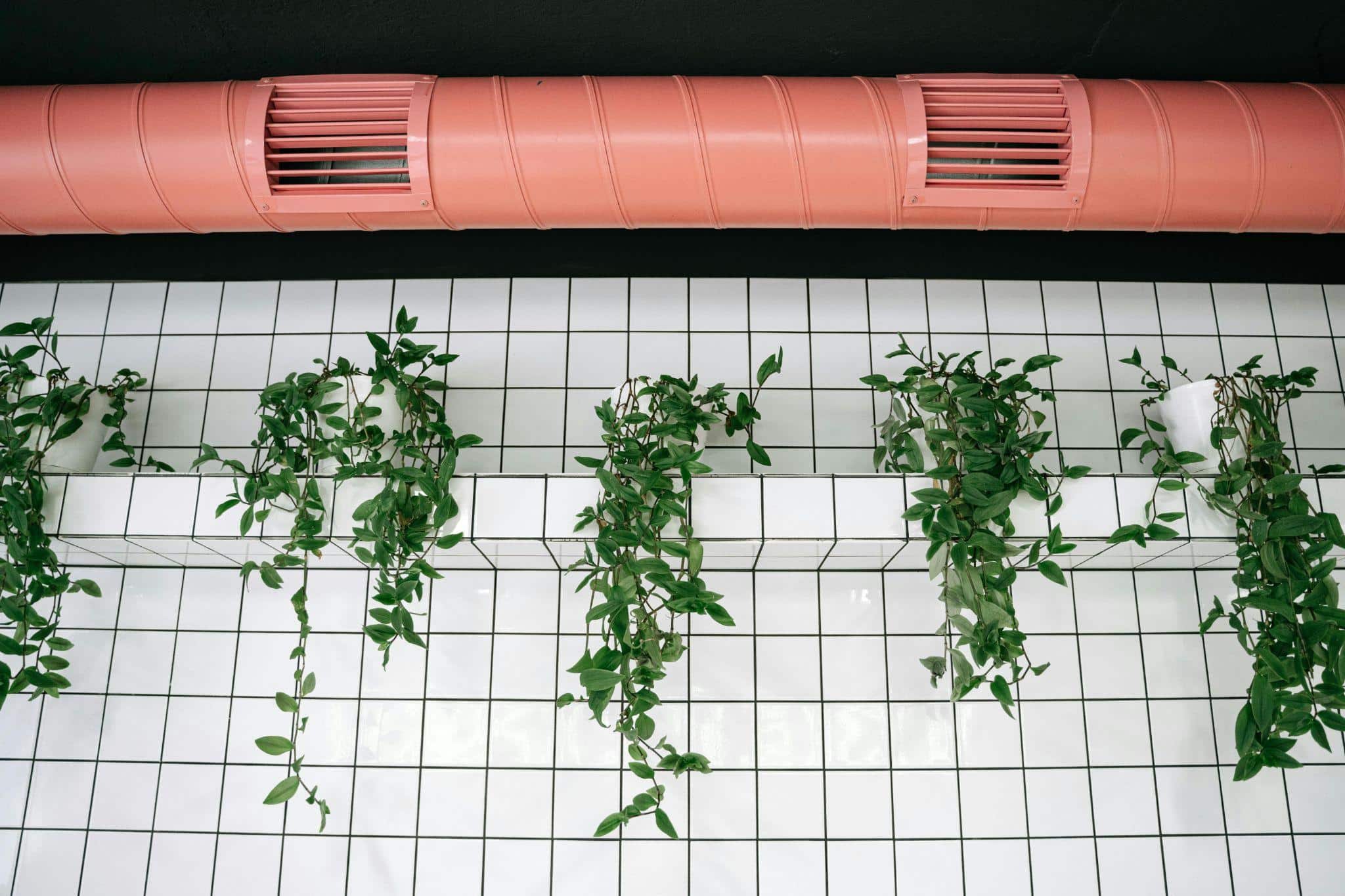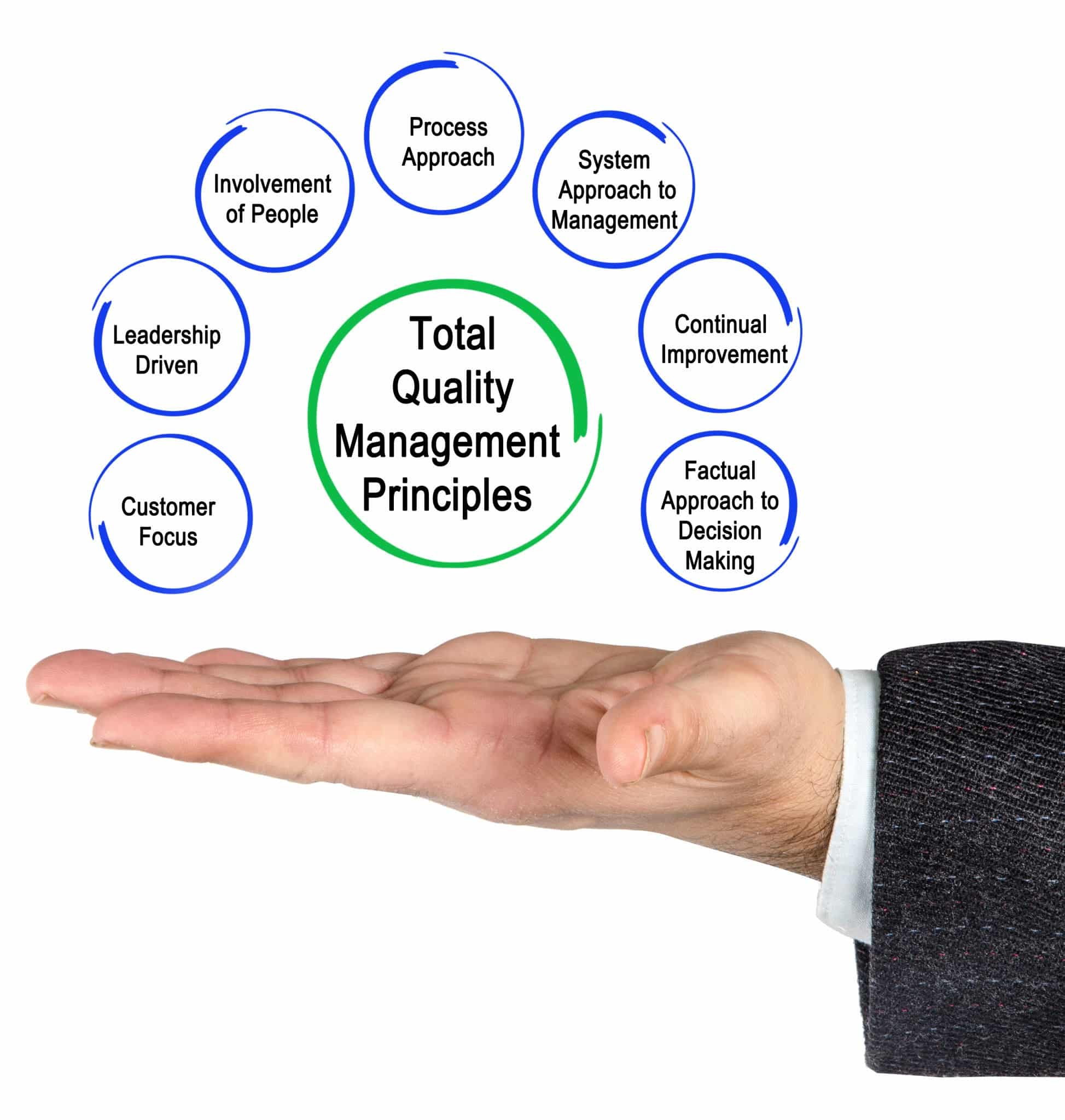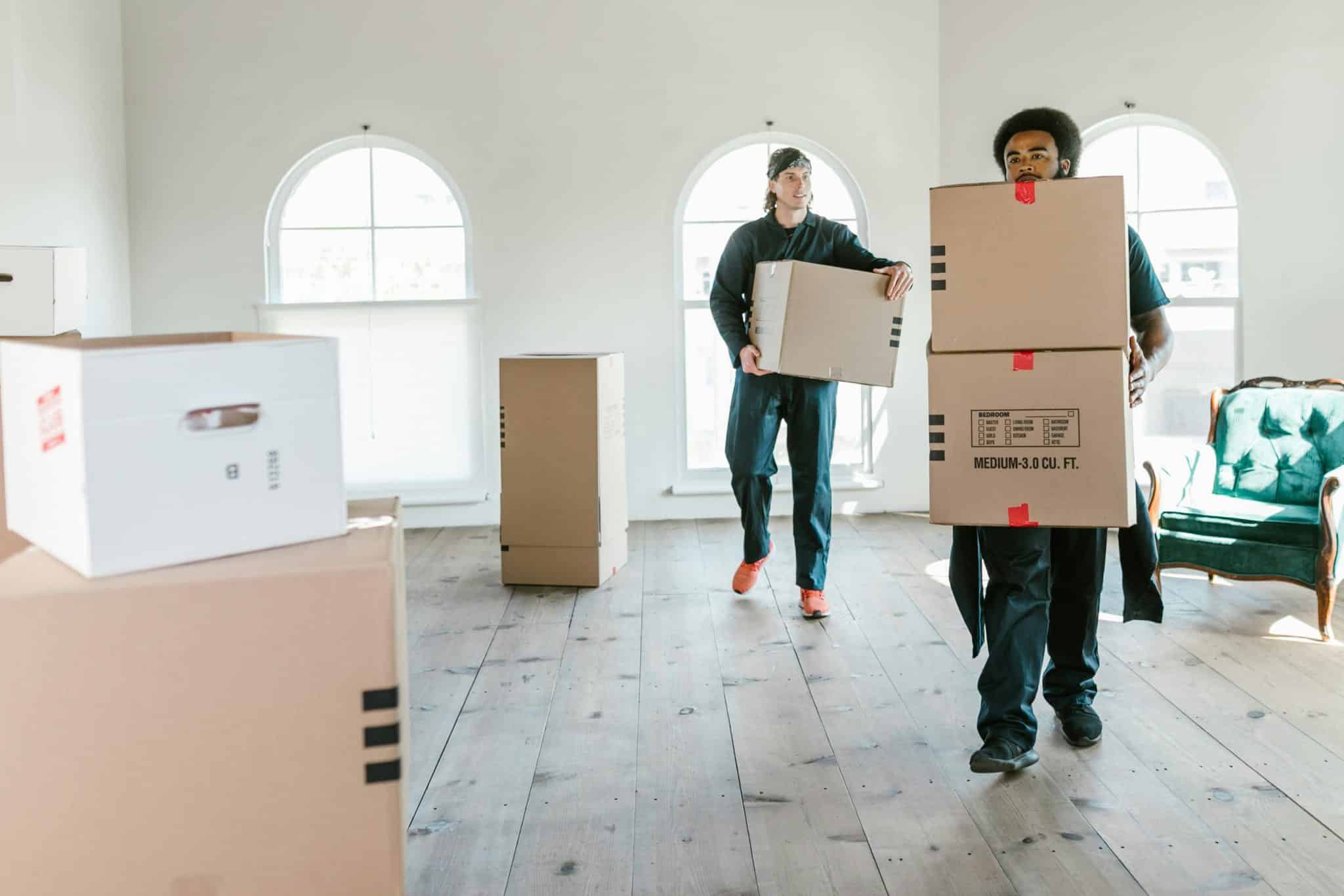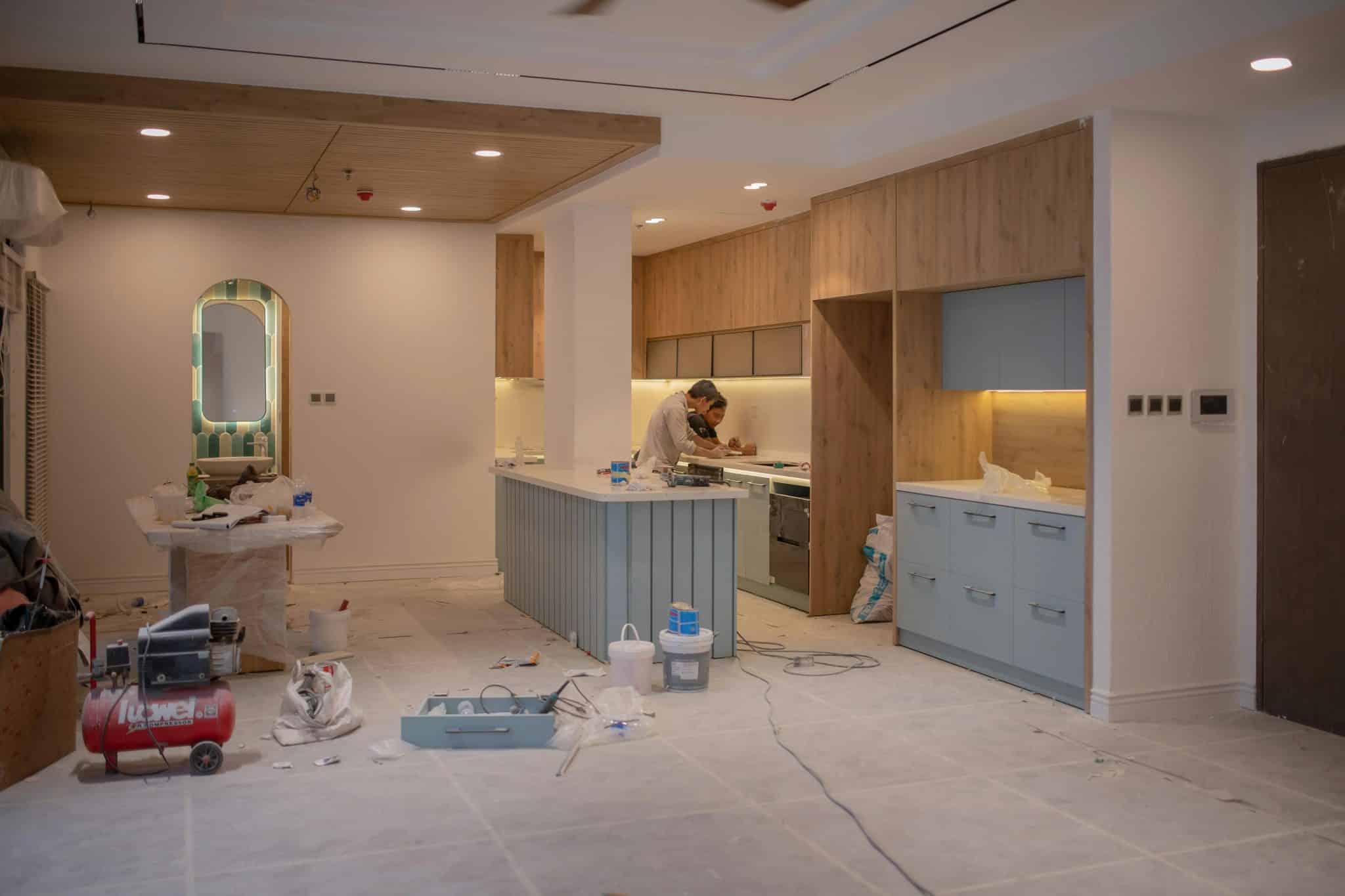Your home’s air ducts play a critical role in maintaining indoor air quality and regulating temperature. Over time, these ducts can accumulate dust, allergens, and even mold, which can compromise both your HVAC system’s efficiency and your family’s health. Knowing when to clean your air ducts is essential to ensure clean air circulation throughout your home. Here’s a guide to recognizing the signs and how to get started.
Why Clean Air Ducts Matter
According to the U.S. Environmental Protection Agency (EPA), indoor air can be 2–5 times more polluted than outdoor air, largely due to contaminants circulating through HVAC systems. Regular air duct cleaning helps to remove these pollutants, improving air quality and reducing potential health risks, such as allergies and respiratory issues.
Signs It’s Time to Clean Your Air Ducts
While professional cleaning isn’t needed every year, there are clear indicators that your ducts might require attention.
1. Visible Dust and Debris
If you notice excessive dust buildup on surfaces or see debris around vent openings, it’s a sign your ducts could be clogged. Cleaning can help prevent further buildup.
2. Unpleasant Odors
Persistent musty or moldy smells often indicate mold growth within your ducts. Mold not only reduces air quality but can also pose serious health risks.
3. Increased Allergies or Respiratory Issues
If you or your family members experience heightened allergy symptoms or respiratory discomfort, dirty air ducts could be a contributing factor. Dust, pet dander, and other allergens can circulate through unclean ducts.
4. Poor Airflow
Uneven or reduced airflow from your vents can indicate blockages within the duct system. Cleaning out these blockages ensures optimal HVAC performance.
5. Recent Renovation or Remodeling
Home improvement projects often generate significant dust and debris, which can settle in your ducts even if vents were covered during the work.
Quick Checklist: When to Clean Your Air Ducts
- Excessive dust buildup in the home.
- Musty or unpleasant odors coming from vents.
- Unusual increases in allergy symptoms or respiratory issues.
- Uneven heating or cooling in rooms.
- Recent renovations or remodeling projects.
The Benefits of Regular Air Duct Cleaning
Routine cleaning not only enhances air quality but also:
- Boosts HVAC system efficiency, reducing energy costs.
- Prolongs the lifespan of your HVAC system by reducing strain.
- Lowers the risk of costly repairs by preventing blockages.
- Creates a healthier environment, especially for those with asthma or allergies.
How to Get Started with Air Duct Cleaning
If you’ve identified signs of dirty air ducts, here’s how to begin:
1. Conduct a Visual Inspection
Start by removing vent covers and inspecting the ducts with a flashlight. Look for visible dirt, debris, or mold growth. While this won’t replace a professional inspection, it can give you an idea of the severity of the issue.
2. Choose a Reputable Professional Service
Hiring experts is the safest and most effective way to clean your air ducts. A great starting point is to explore services from Modern PURAIR like air duct cleaning for detailed information on what to expect.
3. Understand the Process
Professional duct cleaning involves:
- Inspection: Technicians examine your system for blockages and contamination.
- Vacuuming: A high-powered vacuum removes debris from ducts.
- Sanitizing: Some companies offer antimicrobial treatments to reduce bacteria or mold growth.
4. Maintain Clean Ducts
After cleaning, keep your ducts in good shape by changing HVAC filters regularly, sealing leaks in your system, and scheduling periodic inspections.
DIY vs. Professional Cleaning
While DIY duct cleaning tools are available, they often lack the power to thoroughly clean deeper sections of the system. Professionals have specialized equipment, such as truck-mounted vacuums, to ensure comprehensive cleaning. NADCA recommends professional cleaning every 3–5 years, or more frequently if you have pets or live in a dusty area.
What Does Air Duct Cleaning Cost?
The cost of air duct cleaning typically ranges from $300 to $700, depending on the size of your home and the complexity of the duct system. While this may seem like an investment, the energy savings and health benefits make it worthwhile.
Preventative Tips to Reduce Duct Contamination
Once your ducts are clean, take these steps to maintain them:
- Change Air Filters Regularly: Replace filters every 1–3 months to reduce dust accumulation.
- Vacuum Frequently: Keeping floors clean minimizes the amount of dust that enters the HVAC system.
- Seal Duct Leaks: Properly sealed ducts prevent dirt from entering and improve efficiency.
- Schedule HVAC Maintenance: Routine maintenance keeps your system running efficiently and reduces wear and tear.
These preventative measures not only extend the time between cleanings but also improve overall system performance.
The Importance of Clean Air Ducts
Dirty air ducts do more than just lower air quality; they force your HVAC system to work harder, increasing energy usage and the likelihood of breakdowns. Regular cleaning protects your investment in your HVAC system and ensures a healthier, more comfortable home.
Final Thoughts
Clean air ducts are essential for maintaining a safe, efficient, and comfortable home. By watching for the signs of buildup and taking action promptly, you can protect your family’s health and avoid unnecessary HVAC expenses. Whether you tackle minor maintenance yourself or hire professionals, prioritizing air duct cleanliness ensures cleaner air and a more efficient system.








